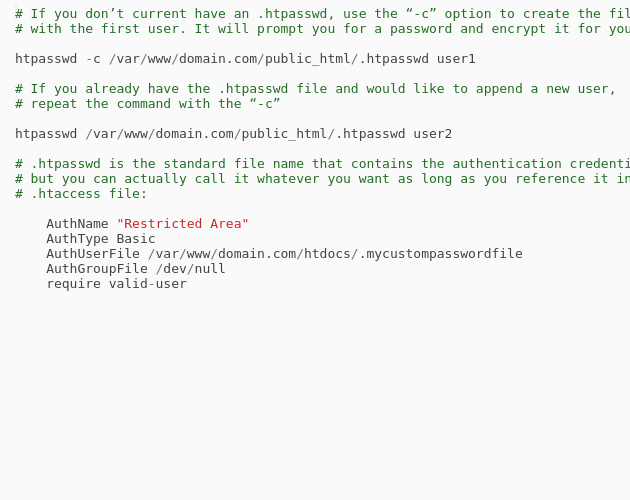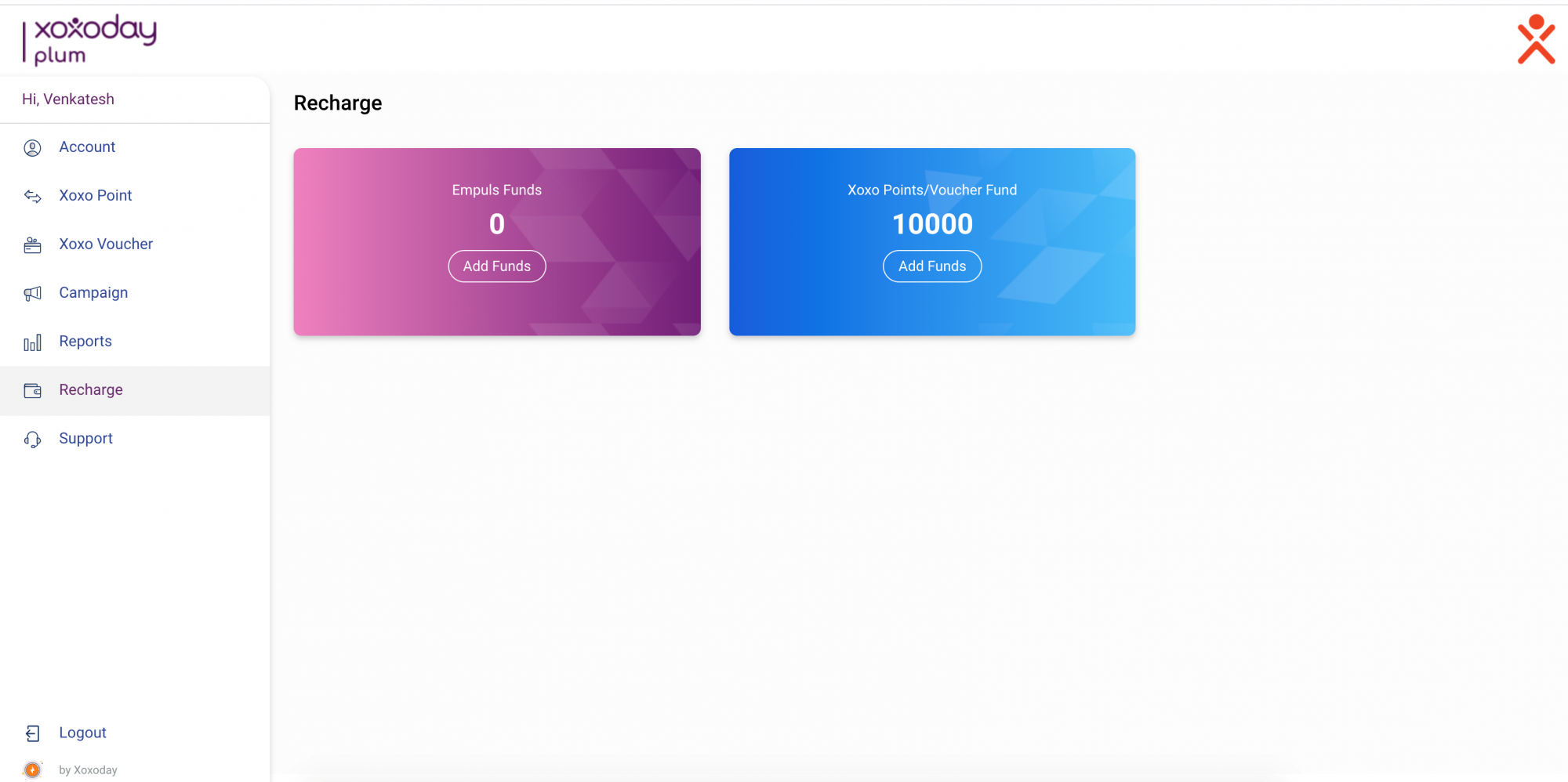

Some of the things that we take into consideration when validating your SMART app are user interface (UI) and user experience (UX). See Cerner’s Well-Known SMART Configuration for more information. It is also possible to view SMART authorization endpoints and launch capabilities using a Well-Known Uniform Resource Identifier.

However, outside of this requirement, FHIR does not need to be leveraged otherwise by the SMART app.Īt a minimum, a SMART app that does not require FHIR must include at least one of the following scopes in its access token requests: Technically speaking, the SMART specification requires that a FHIR server exist so that a SMART app can communicate with the FHIR server when the app opens in order to determine the location of the authorization (OAuth 2) server. Of course, leveraging proprietary APIs hampers interoperability, but if that is not a concern of the SMART app, it is a viable option. SMART apps may even retrieve data through Cerner proprietary means (for example, MillenniumObjects, CareAware services, or CCL scripts). SMART apps may choose to leverage other data sources for their needs, from other third party data sources to private and proprietary data the SMART app maintains. However, SMART apps are not limited to FHIR data for their needs. SMART apps can leverage Cerner’s implementation of the FHIR standard server to retrieve data from the EHR based upon the current patient in context. Providers/Consumers can access SMART apps from a stand-alone provider/patient facing SMART appsĬerner is continuing to look at incorporating SMART app support into our other applications and platforms.Consumers can access SMART apps from HealtheLife to view their patient information.

XOJO 3RD PARTY LOGIN AUTHENTICATION INSTALL
In this case, clients do not need to install any code or package in order to implement a particular SMART app. That is, the SMART app is hosted or managed by the SMART developer or provider. SaaS ModelĬerner expects the majority of SMART apps to be provided to clients in a SaaS (software as a service) model. We will also support FHIR access through mobile SMART applications, as those specifications emerge from the SMART web site. Cerner believes that SMART applications will be a major user of FHIR resources. With SMART, Cerner can embed a SMART app in the EHR. These SMART applications are commonly web applications but may also be native mobile applications and that use HL7® FHIR® standard to read and write data from the EHR. The SMART ® (Substitutable Medical Apps and Reusable Technology) platform defines a specification for an electronic health record (EHR) to safely and securely open other applications with context. Microsoft Edge Browser (Chromium based) Support.Technology and Framework for SMART Apps.


 0 kommentar(er)
0 kommentar(er)
